In Australia we have an approaching storm which has the capacity to obliterate private home ownership for many.
The pressure points for home ownership are all planned to coalesce in the next couple of years. The areas I’ve researched in NSW include:
NSW Reconstruction Act 2022 which allows the Minister to declare an emergency pre-emptively (either primary of secondary) and compulsorily acquire your land/home, do what they want to your land/home, and then on sell. Covered here.
Widespread Managed Retreat for NSW - based on extreme multi hazard climate projection modelling (managed retreat is the removal of homes and infrastructure prior to a disaster occurring) policy will be introduced in 2025. Covered here.
Regional and Council level disaster adaption plans- NSW government has just closed public submissions. Once the disaster adaption plans kick in at local council there will be an increase in costs (managed retreat and/or disaster infrastructure implementation). Covered here.
Climate forecasts put on house certificates, leading to decreased house prices. Covered here.
Climate forecasts will inform home insurance, leading to home insurance becoming unaffordable for many. Covered here.
Councils are broke, NSW LGA wants to remove rate caps. This will lead to even higher Council rates. Covered here.
Disaster adaption and conventional infrastructure passing in to private corporation hands. Disaster adaption will be expensive and a “shared responsibility”. People will need to pay extra in taxes. Covered here.
Energy star ratings on every home, the process to commence in 2025 for existing homes, leading to costly upgrades in order to sell or rent. Explored in this article.
All the measures covered above will start to roll out in 2025- it’s a perfect storm.
This article I cover the energy ratings that home owners will need to comply with, which has enormous implications for homeowners and landlords.
Interview with Paul Brennan from Reality Check Radio which distills down the information in this article:
Expose News has also covered the energy rating plans, found here.
Energy ratings for existing homes
As part of the government’s Net Zero obligations existing houses will need to be upgraded. Currently, new homes need to have a 7/10 star energy rating. Through the changes being implemented, existing homes will need to be upgraded to a 5/10 star rating. The majority of Australian homes are estimated to be at a 1.6/10 energy rating.
The ClimateWorks Reconstruction Pathway document Climate Ready Homes states:
The government is going in to weasel word overdrive. Here they are announcing they will save Australians money by forcing people to do costly upgrades on their homes. Costly upgrades that will need to be done regularly as technology “improves”.
NatHERS stands for the Nationwide House Energy Rating Scheme and ratings for existing homes will start to unroll mid 2025- the same time as the NSW Managed Retreat policy:
Public consultation, that the public was unaware of, closed in August 2024 for the Nationwide House Energy Rating Scheme:
The government is rolling out the energy rating system quickly:
By mid 2025 the processes and technology will be ready:
By 2026 government policies, legislation will be implemented to enforce the energy rating disclosure on your home:
The upgrading of homes is part of Australia’s Net Zero plan. Australia is obliged to meet Net Zero by 2050 under the UN 2015 Paris agreement:
The problem is Australia’s current housing stock is under a 3 (other docs say the average house is under 2 stars) star rating and must get up to a 5 star rating:
The ratings will be both mandatory and voluntary (unsure how this looks- but be assured what is voluntary to start will becoming mandatory) and will be linked to whether you can rent your house. The ratings will determine house prices upon selling your home:
The Disclosure framework is then discussed. The Home Energy Disclosure Framework was agreed upon by the Energy Ministers and released in July 2024:
ln this document we find out the average rating of Australian homes is under 2 stars (other documents state the average Australian home is 1.6 stars). 98.5 percent of Australian housing is not at optimum energy performance.
Coal, gas and wood heaters are targeted. Though coal is targeted, the electrification of all households will be enforced. The documents state that the public are “beneficiaries” of this scheme. Note the way the diagram cherry picks the benefits to the consumer- there is very little discussion on the costs and implications for many homeowners. They omit the part where people will be forced out of the property market, and swing straight to the savings you’ll get from using less electricity.
The plan is that at time of sale, energy ratings will influence how much your house is worth. You will need to upgrade to sell your house, if you can’t afford to upgrade your house will be worth less. People will find it difficult to secure a loan for a low energy rating house, and the insurance will be much higher. The government likes to call these sort of “gotcha” techniques, “incentivising”.
I have been discussing the resilience framework extensively this year, the upgrades (over time) wont just include getting your house more energy efficient. Your house is also going to need upgrades for resilience from projected disasters::
The assessment arena
Houses will have a Thermal rating and a Whole of Home rating which will be available when a house is for sale or rent:
If you manage to get the finances together to upgrade your house it will only be valid for a small number of years. The example here is for 5 years, other documents talk about a three year process to incorporate emerging technology.:
Two assessment types are discussed. Detailed (in home data collection and tailored advice- including fixed appliances and whether you have up to date solar panels and batteries). And simplified - done off site.
In the document “Expanding the Nationwide House Energy Rating Scheme” existing homes will be assessed for Whole of Home energy performance and a Thermal performance rating:
The model is thus:
The energy upgrades are referenced here:
The Climateworks Centre discusses that new homes have a 7 out of 10 star rating, and that this is not adequate. 7 out of 10 stars was only introduced in 2022 and it’s already falling short. Remember existing homes are under a 2 star rating, a 5 star rating is being discussed for existing homes- but it is very clear that this is only the starting point:
You can see the NatHERS assessors handbook to see how new homes are currently assessed. It will give you an idea of the arena.
What is a Net Zero House?
To unpack this I will show you information from two Climateworks Centre papers Climate Ready Homes and Defining zero carbon homes for a climate resilient future. So, it’s clear which paper I am referencing I will identify the info as either from CRH (Climate Ready Homes) or ZCH (Zero Carbon Homes)
CRH shows the changes that will need to occur in existing homes:
Climateworks believes that getting the average house up to “Climate Ready” status is only going to cost roughly $45,000. Really???:
In the document ZCH to get a house to Net Zero will include size of house, house orientation, resilience to disaster, what house is made of, how the house operates (smart tech). The materials the house is built with, as well as the orientation can not be changed without demolishing the house. The document states “To achieve all the above for homes, it is necessary to ensure both new and existing buildings are made or improved using a strong focus on the four key elements: form, thermal shell, materials and appliances.”
Houses need to be smaller (quite an problem if you have an existing larger house):
Thermal rating:
Assessing walls, floors, roof and everywhere in between (ZCH):
Here are the specifics (this is Net Zero which Australia has pledged to reach by 2050). Under these parameters many existing homes would need to be knocked down (ZCH):
Electrified appliances and services
All electric and using smart technology (ZCH). The plans also include LED lighting:
Renewable energy
Document CRH makes it clear that the intermittent capacity of renewables is going to justify costly upgrades and changing consumer behaviour i.e. when we use power due to variable supply.
As home owners will be forced to remove gas appliances, electricity consumption is going to increase. The answer to extra demands on an intermittent renewable energy grid is costly upgrades to homes. So, whilst renewable energy contractors are getting massive financial kickbacks- the costs are foisted on to the people themselves:
As stated in CRH smart technology and externally controlled usage of energy is on the agenda:
How the banking and insurance industries will play their part
According to the CRH document, this travesty for the normal home owner, is a wonderful opportunity for corporates:
If a person has a mortgage the banks will get involved, as they need to account for the carbon emissions of their loans. Insurance companies will need to do the same. They will need to “incentivise” property owners to upgrade.
“Philanthropists”
The Climateworks Centre Renovation Pathways is funded by…..For Profit PHILANTHROPISTS! God save us from the philanthropists!
Surprise, surprise, one of the “philanthropists” is the Paul Ramsay Foundation who have successfully embedded themselves in every aspect of the impact markets, covered here.
The Climateworks Renovation Pathway document “Climate-ready homes: Building the case for a renovation wave in Australia” lists the following philanthropists- note they’re all not listed:
The timeline
According to the CRH document there will be a very quick rollout:
Green loans
The government has started implementing Green Loans for house upgrades.
Currently there are two options:
Plenti Max $50,000 loan over 3-15 years 3.34% interest.
Westpac Max $50,000 loan over 10 year max 4.49% (an amazing reduction of .38% off the normal interest rate).
There are many people who can not afford an additional loan, including retirees. There are many people whose houses will cost much more to upgrade than $50,000. We’re talking about double glazing, outside cladding, painting the house, new appliances, solar, battery, insulation (walls, ceiling, floors) and more.
Benefits/ Costs
I wont trawl you through the multiples times the papers use weasel words to enthusiastically champion the enormous costs coming for private home owners. Here’s just a little of the narrative (CHR):
It’s a WIN-WIN-WIN-WIN purportedly:
In the CRH document it explains how the traditional cost- benefit framework must be done away with and replaced with a whole other framework (to hide the harms they’re actually doing). Instead of a cost- benefit analysis, which would highlight that it’s going to cost the vast majority of homeowners must more than it benefits them, they will add in additional finance models to cover how much it will save the government and create a cohesive society. They will say things like; resilient homes save the government millions in hospital services, resilient homes save the government millions in disaster repairs.
Who is going to win?
Many wont afford to upgrade their homes, and when they are forced to sell their house the price will be flattened. Remember, this is coming in to effect at the same time as the climate project overlays on homes, insurance costs and rates rising, additional costs for local disaster resilience, and the insecurity of not knowing if managed retreat is around the corner. Many will have to cut their losses, but at the same time their house price will have plummeted. This will lead to many falling out of private home ownership. When housing prices flatten the likes of Blackstone will be ready to purchase the homes at a bargain price.
Blackstone, the largest landlord in the USA, who swooped up properties after the US 2008 housing crash.
Blackstone, who swooped up properties during the pandemic and evicted tenants despite ever increasing market returns:
Blackstone who is eyeing up the Australian market for Build To Rents (people can never purchase):
Build To Rent corporations, which the Australian government is already giving financial kick backs to and is enacting legislation to assist further:
A disgusting trap has been laid!
I was blindsided by the Covid tyranny. I decided close to three years ago that I would start having a look at what was really going on in the world, and in particular what the Australian government was doing. I started sharing my research, I thought it might be helpful for others who were new (like me) to pulling back the curtain. My sense is it’s much harder for people to push back or prepare if they are blindsided and my articles are an attempt to get the word out about some of the Australian government plans, for people to be informed and get started on their own research and discussions with those around them.
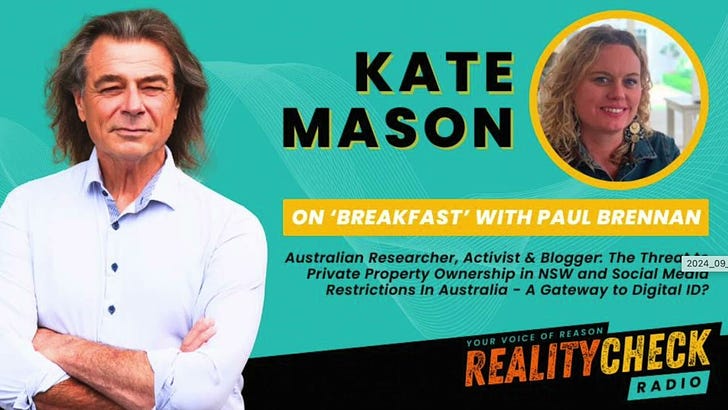






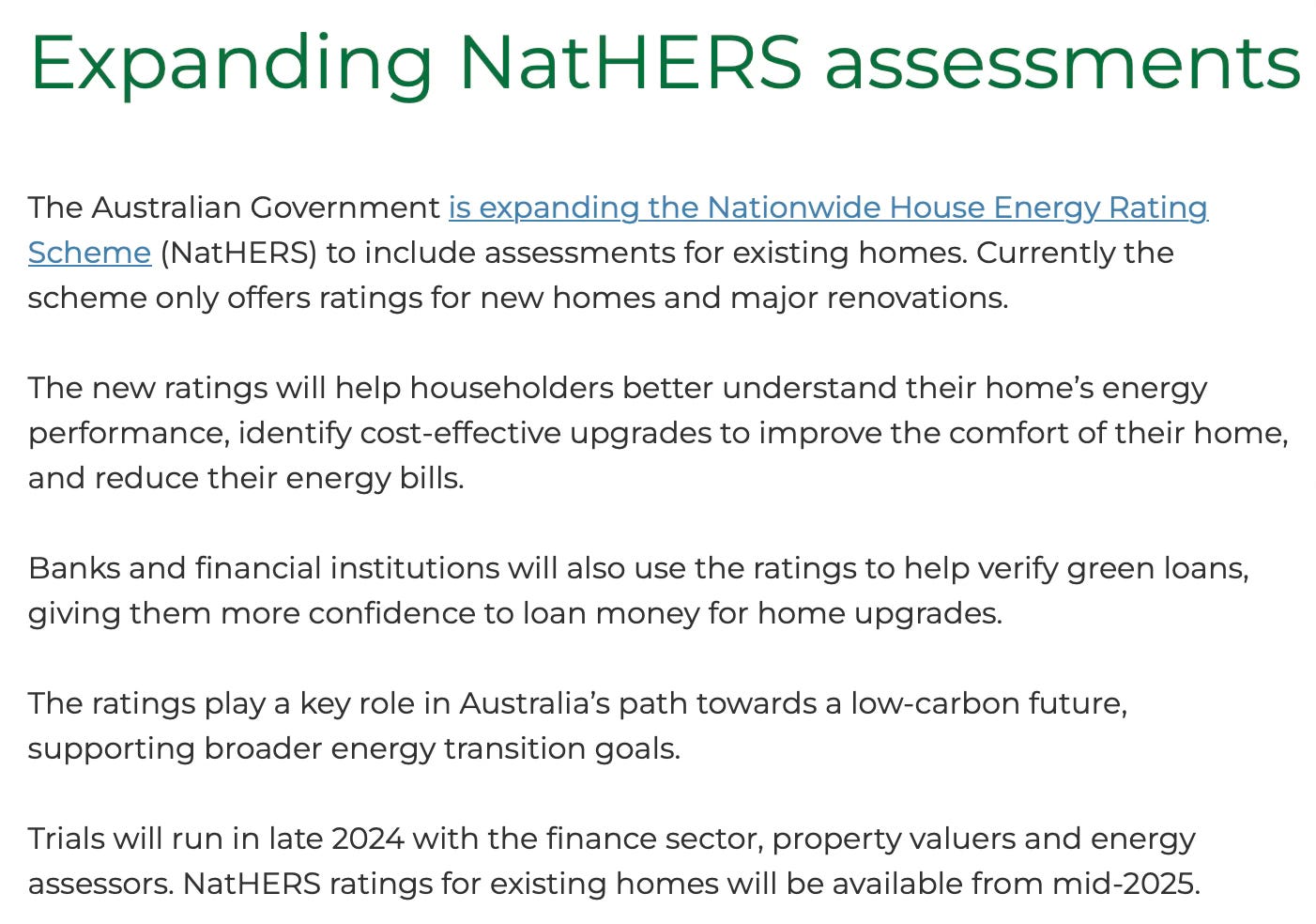

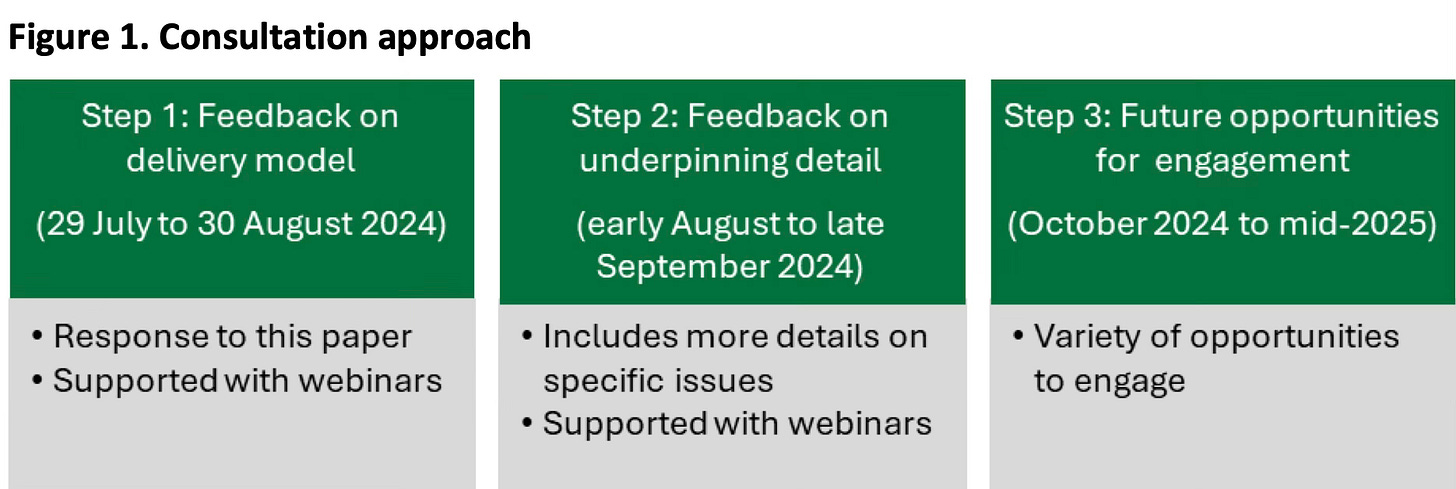




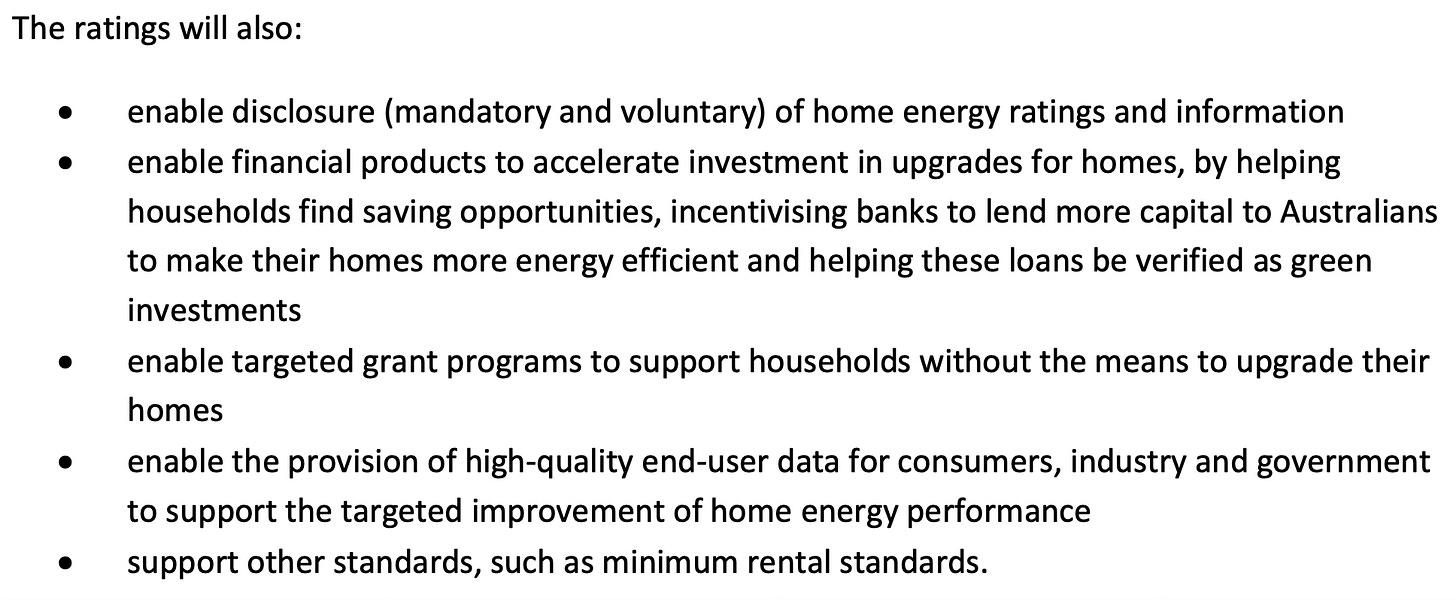
















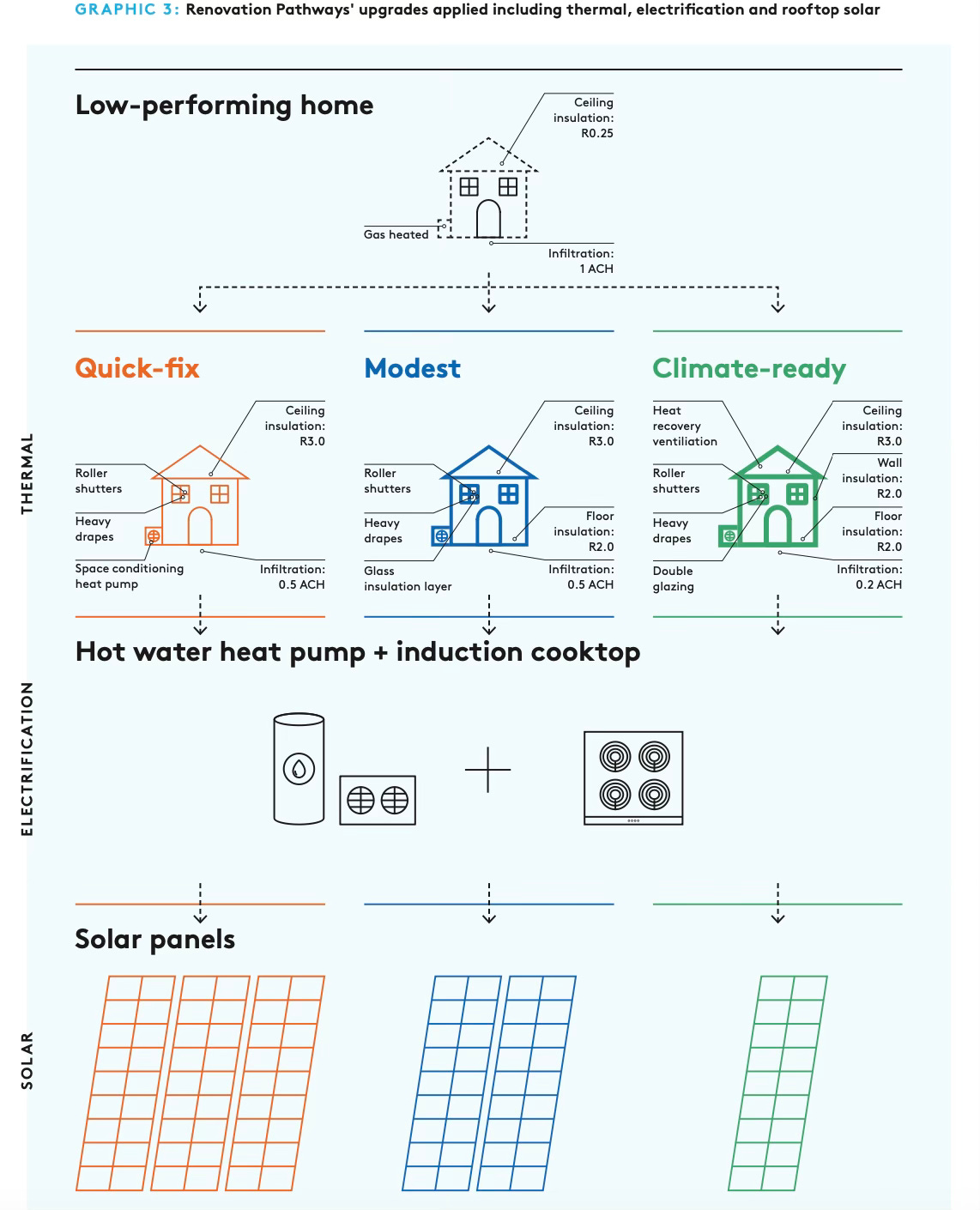






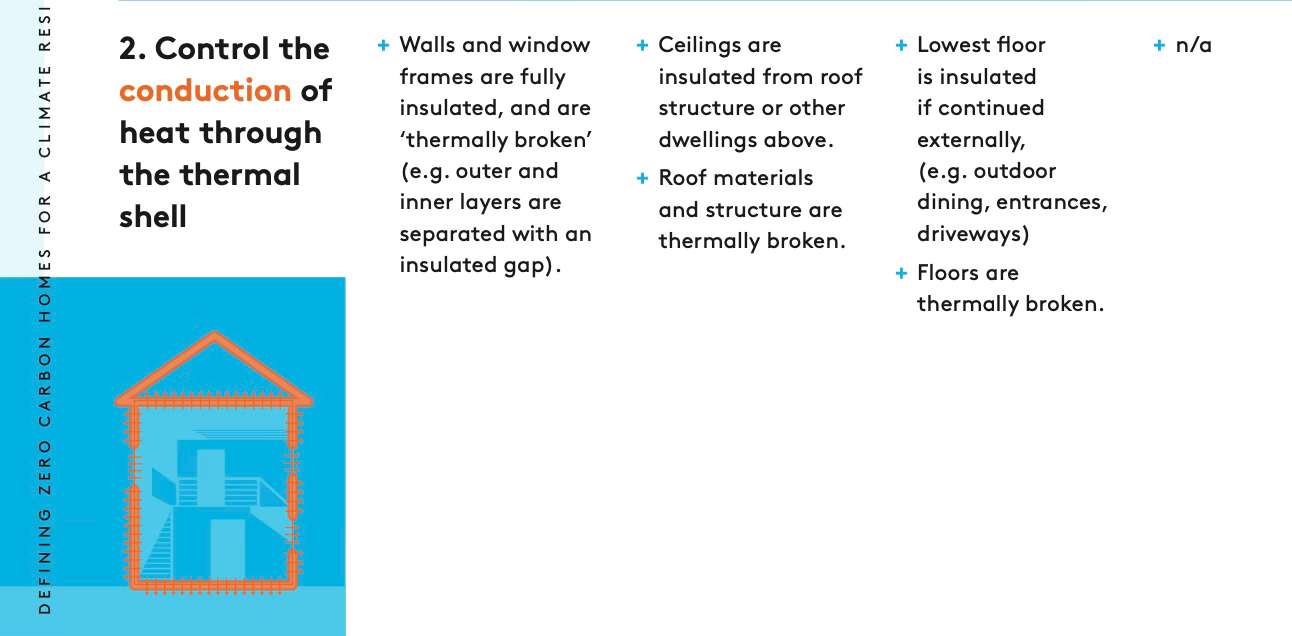
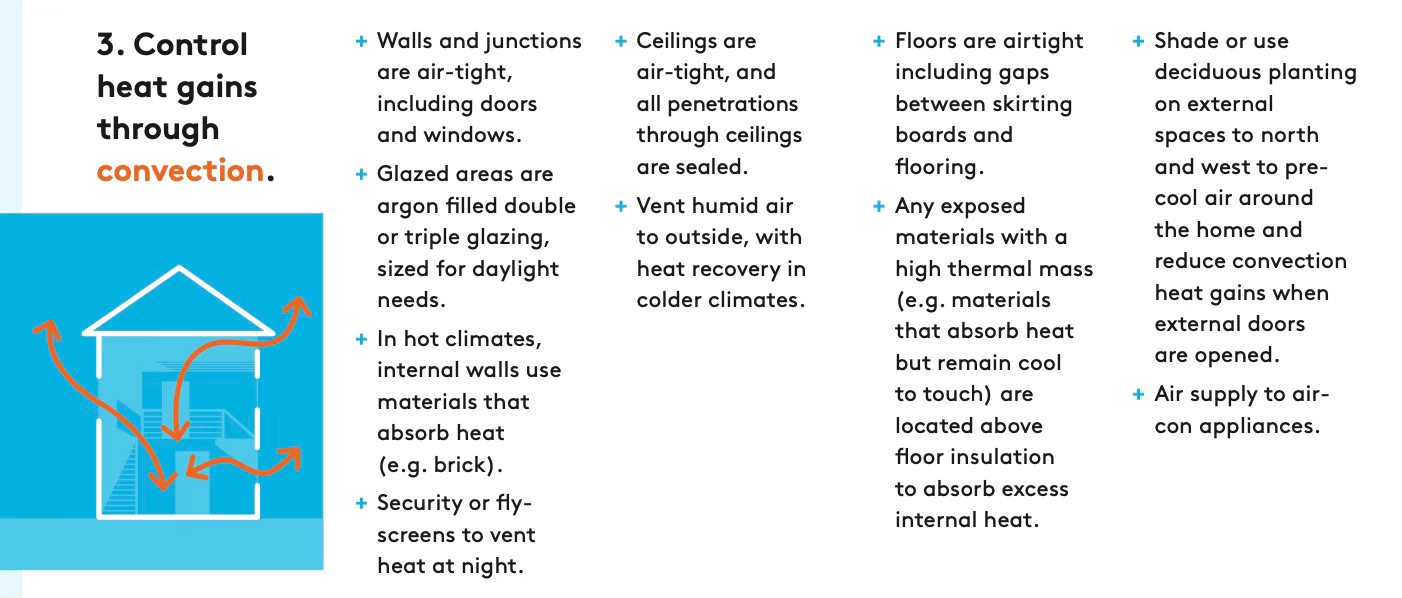


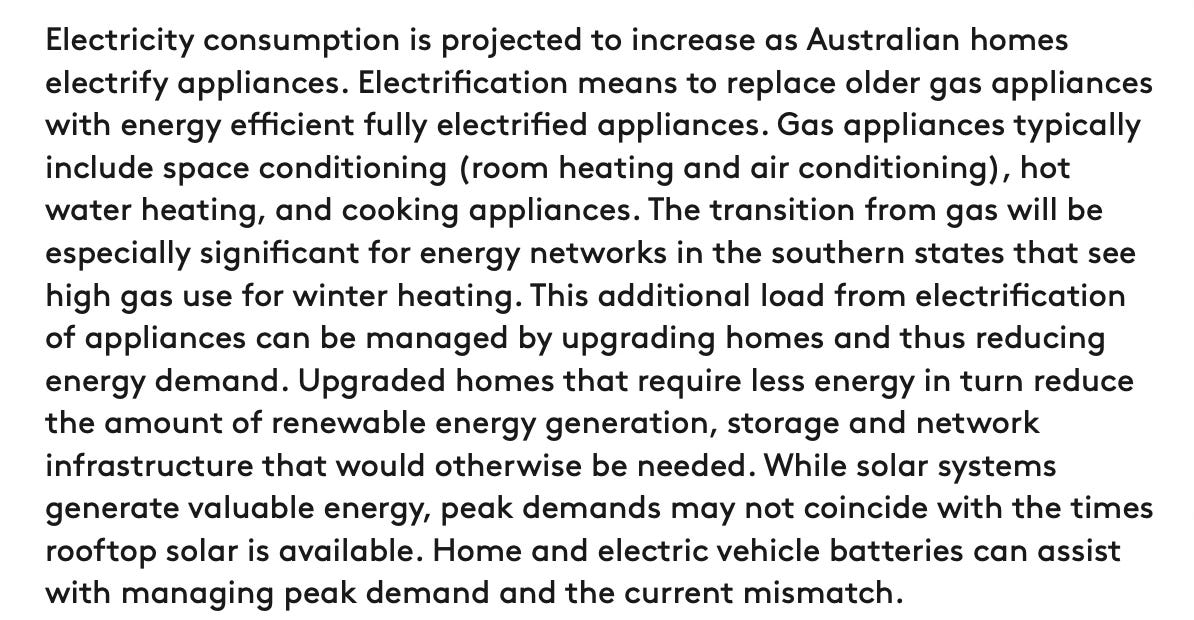





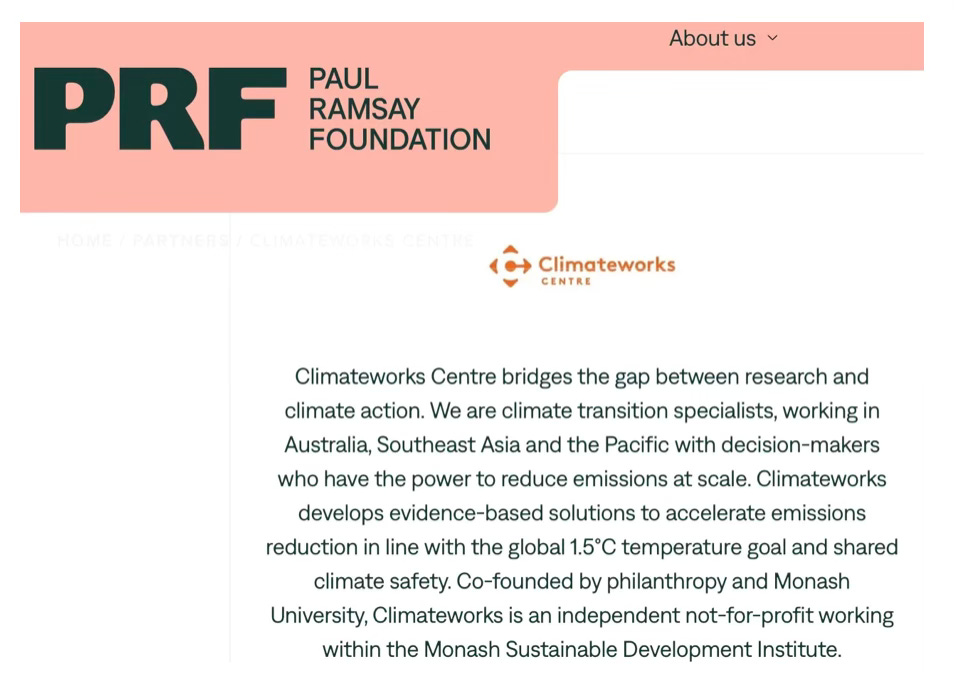


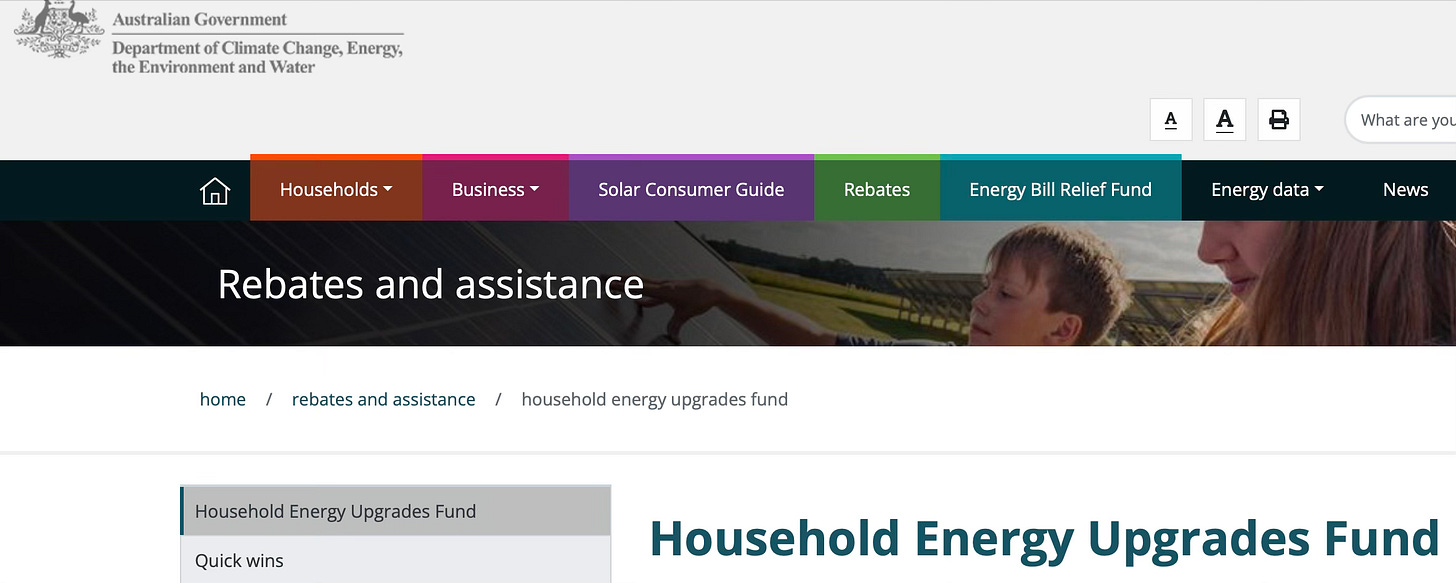







I hate this country more everyday. Our political parties have sold us out and the majority of Australians are literally sleep walking into a hellish future. Because they don't reasearch and believe the tripe legacy media and government spew out. I'm pretty much done. The Digital ID will be the nail in the coffin. God wins
Dispossession is nine-tenths of the law … and ten-tenths of the plan.
In a nutshell — and what a nutty shell it is — ubiquitous monitoring of CO2 production is the pretext for Global Total-Surveillance (GTS). GTS is necessary to secure your “wellbeing” and the wellbeing of the planet. If the destruction of your physical, financial and emotional health are what it takes to achieve your “wellbeing”, so be it. After all, you may (and should) find, not just consolation, but ideally, a certain joy and sense of fulfillment in knowing that you did you part. Capiche?
“...announcing they will save Australians money by forcing people to do costly upgrades on their homes.” — 1) Cognitive dissonance much? 2) Gaslighting at its finest!
I suspect that the amount of gaslight produced by the Psycho-Technocracy (PT) ALONE could, if harnessed, power the net-zero pipedream. How on earth did we as a species, manage since time immemorial, to survive and thrive before this PT offered their boundless beneficence and wisdom?
This Global Climate Stasi insanity is wearing very thin. I suspect that the average Karen will soon lose their self-righteous fervour when it dawns on them that THEY'RE being Karened. The growing and overwhelming evidence of the absolute disaster/farce that is currently the EV industry is undeniable.